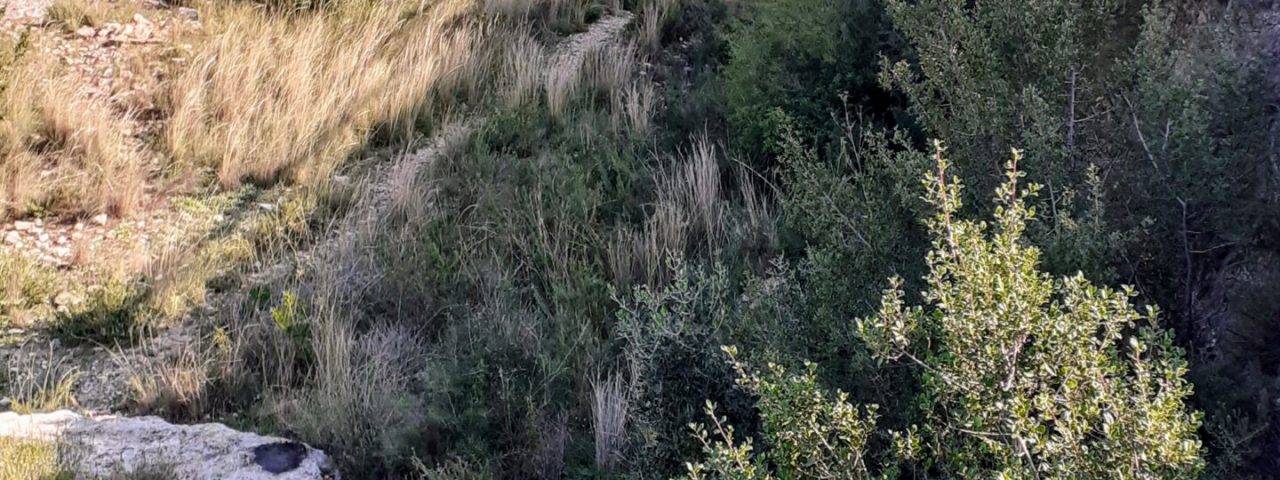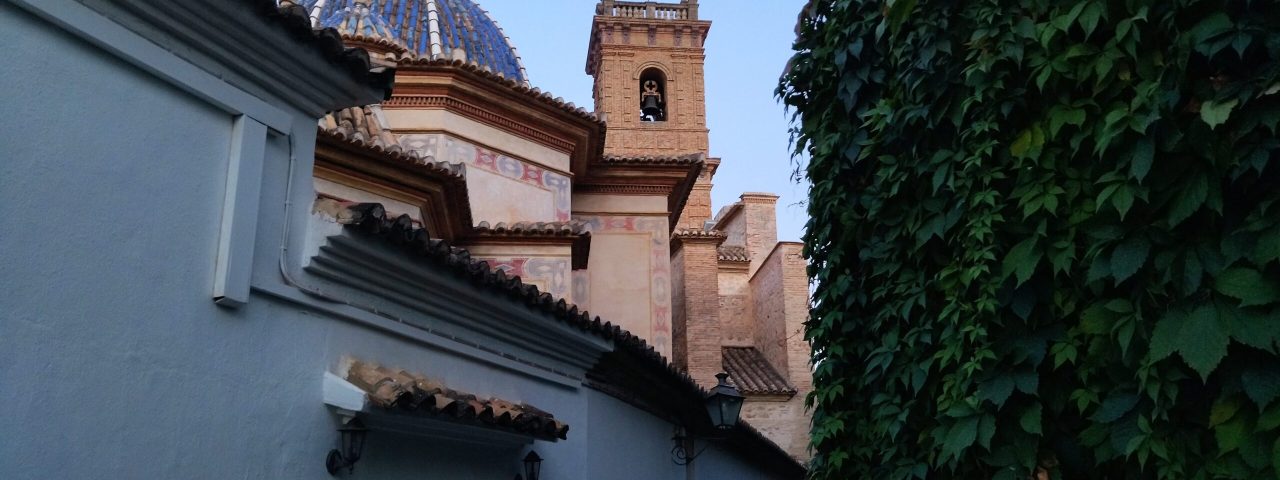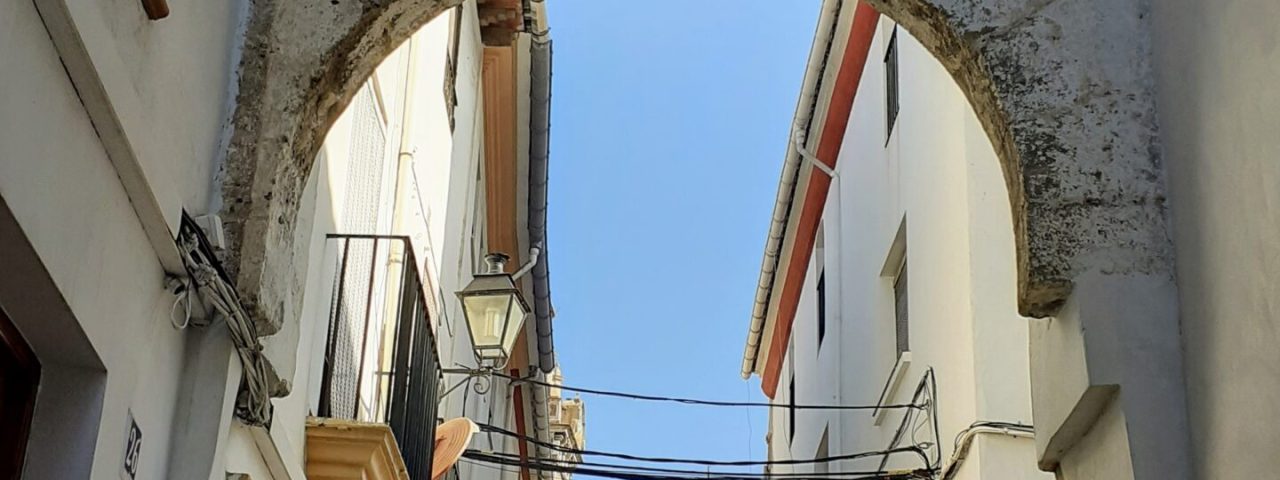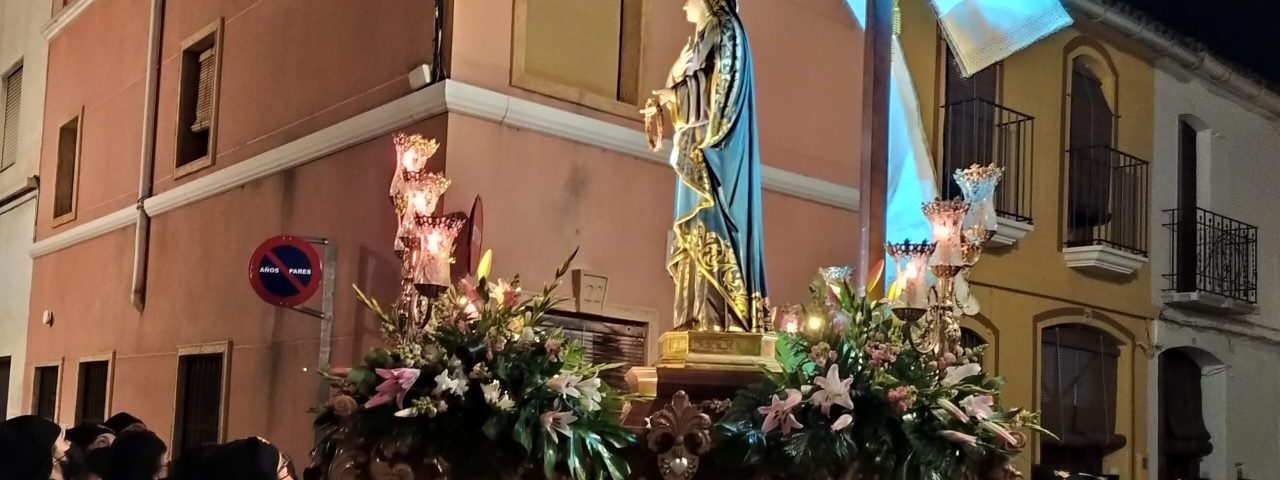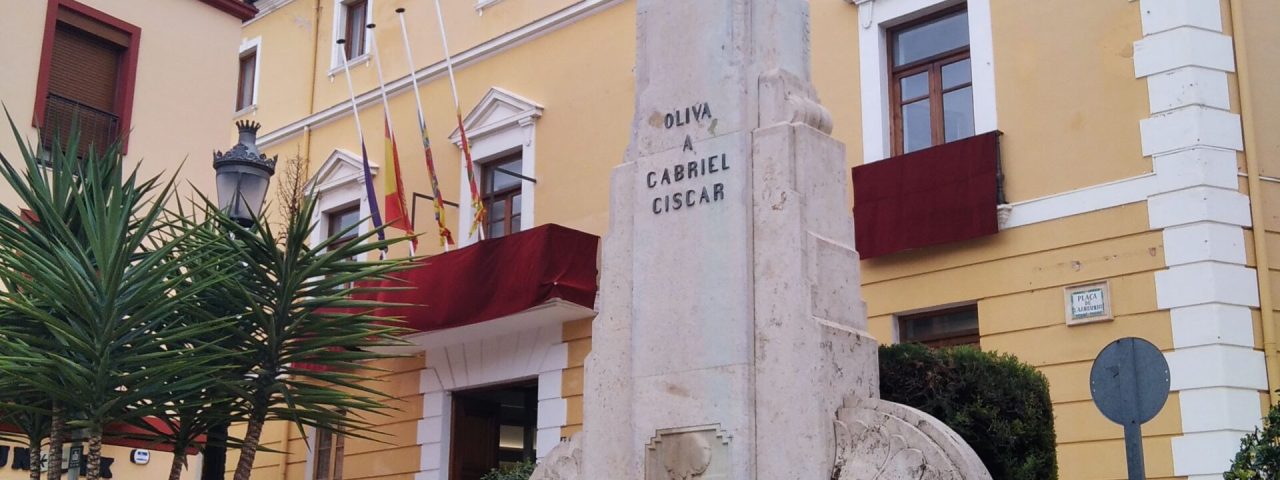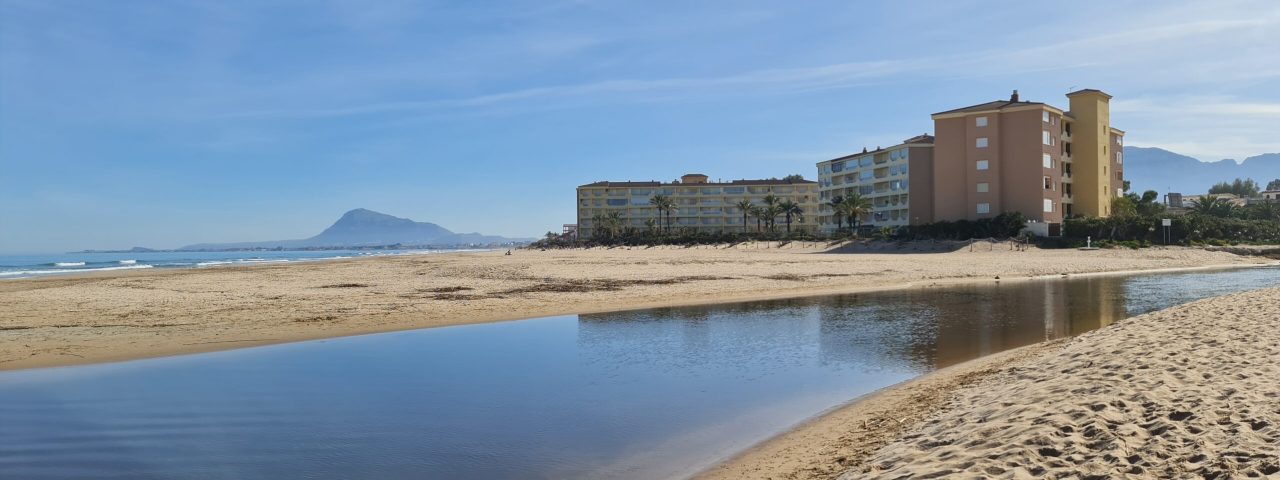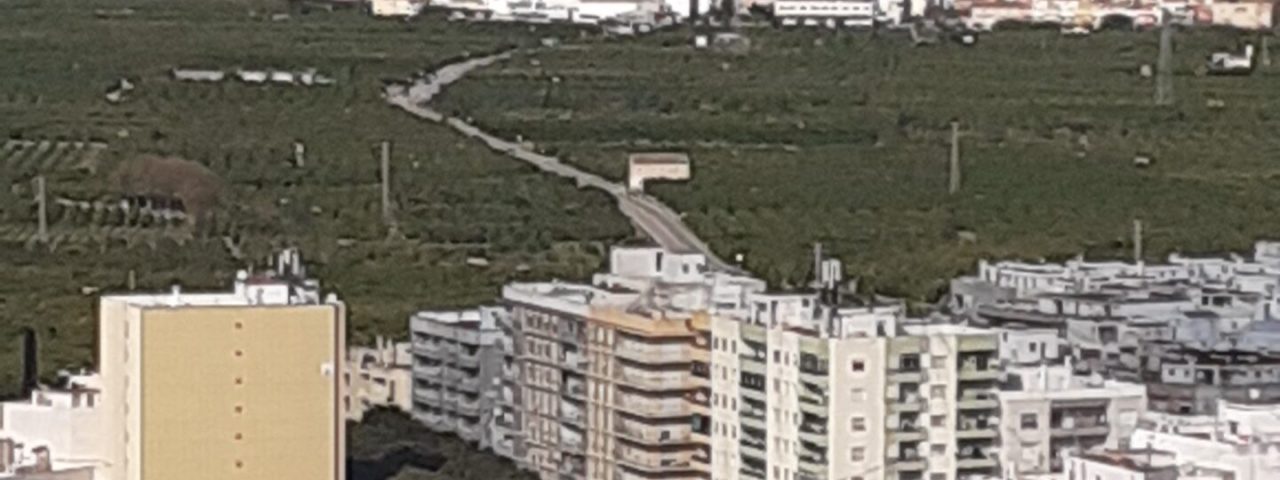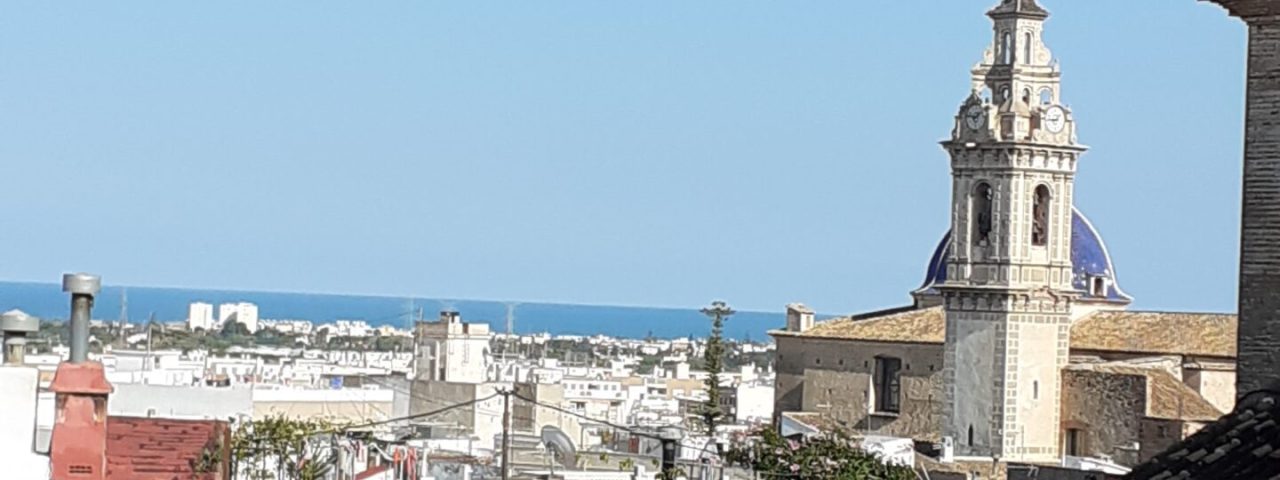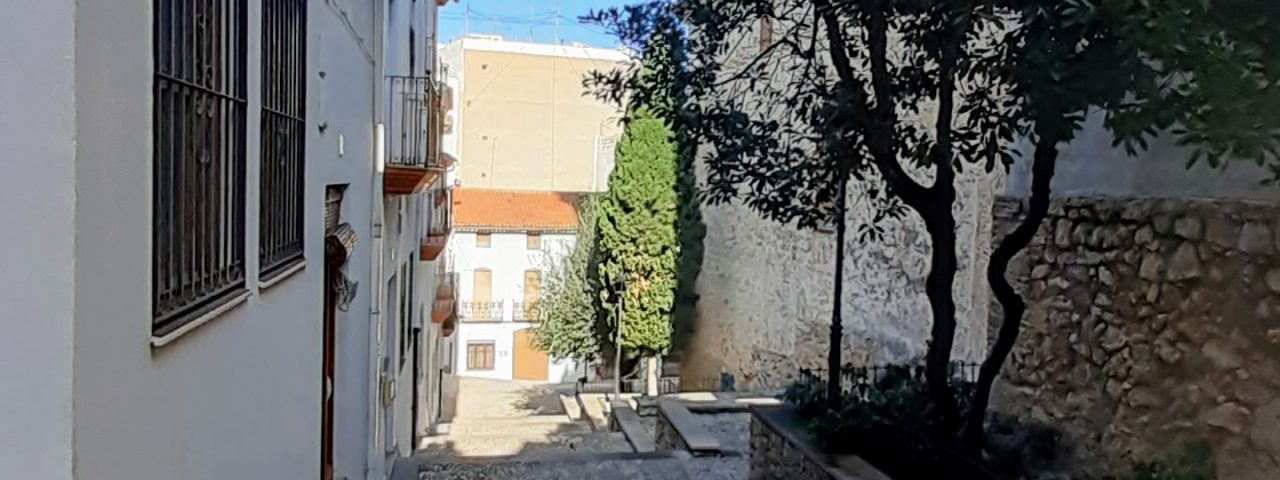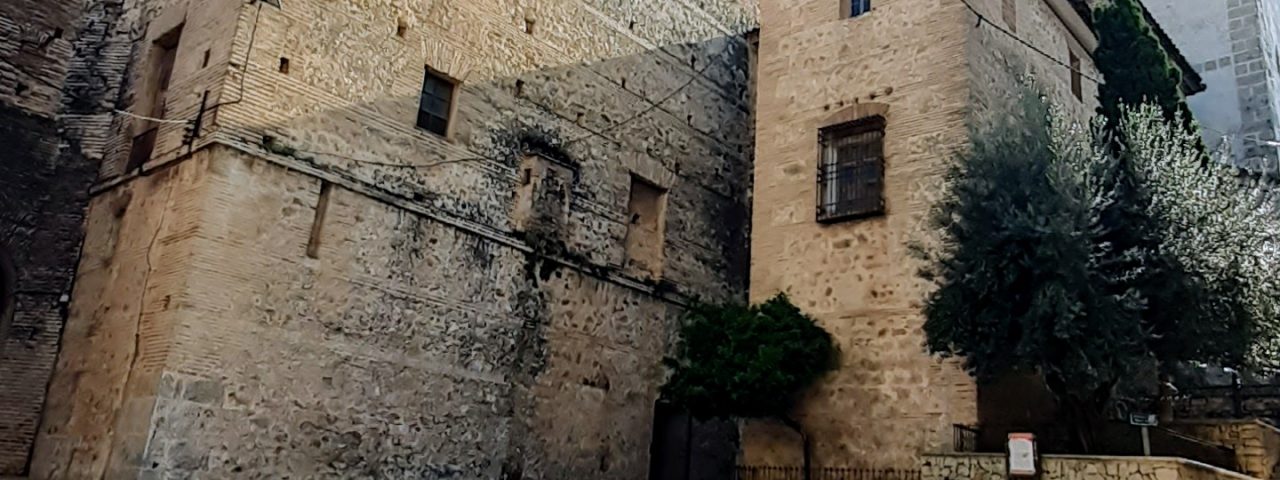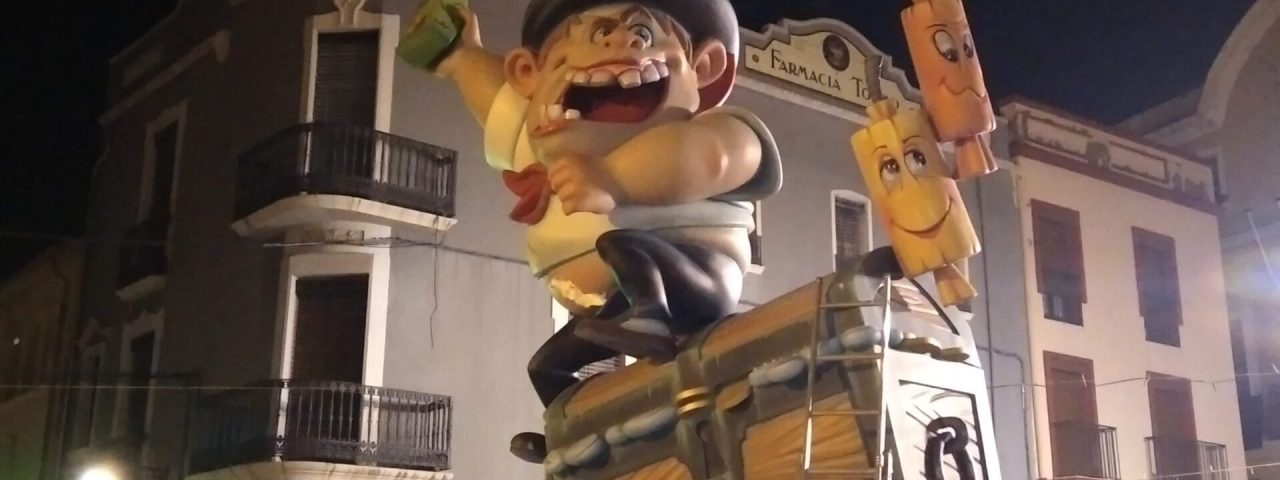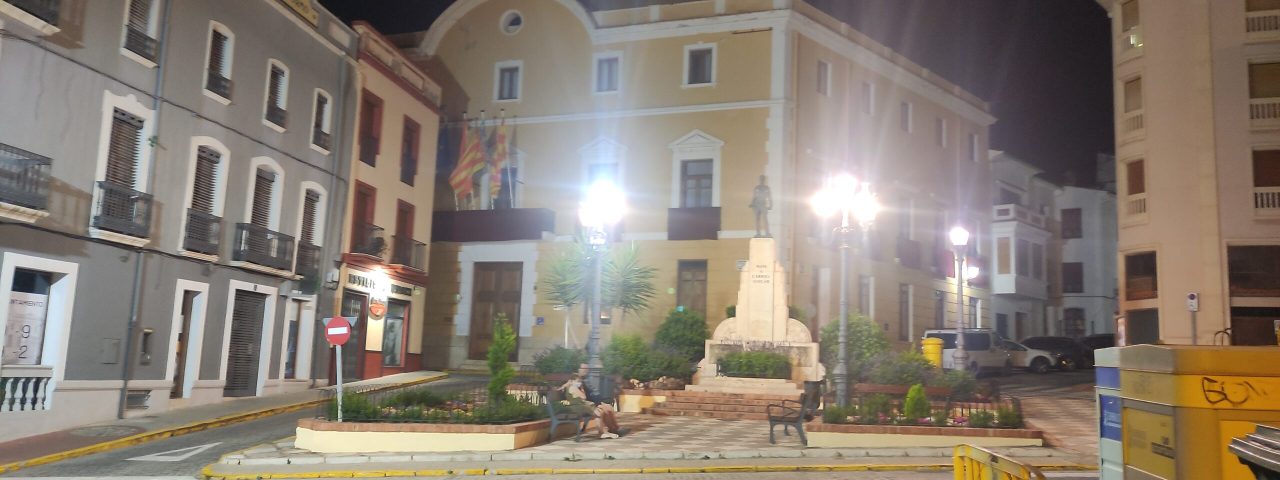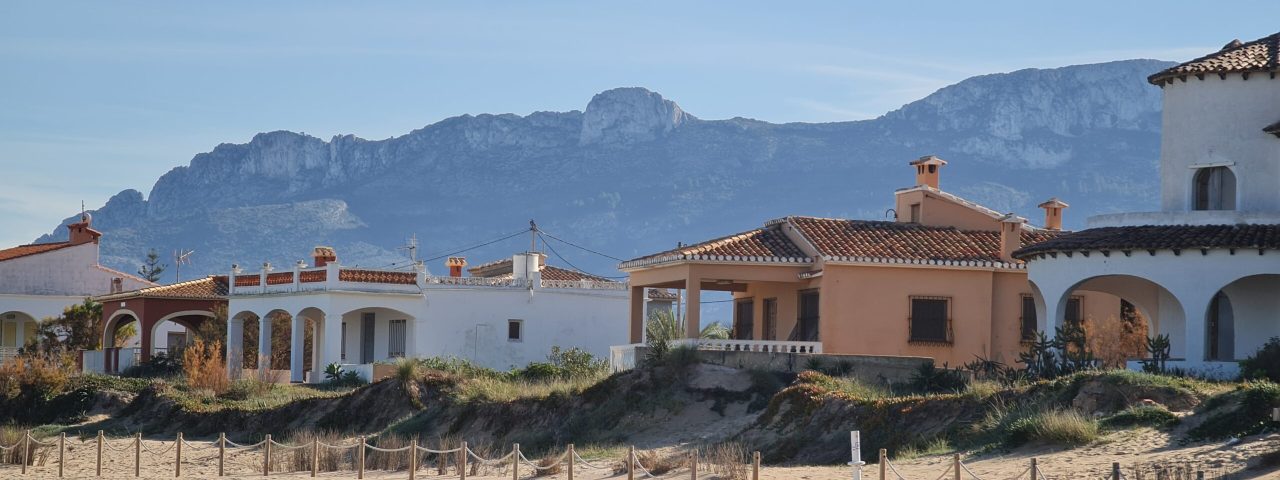Oliva’s architectural landscape is a blend of historical influences and modern development. One of the city’s most iconic landmarks is the Sant Roc Castle, which sits atop a hill and offers panoramic views of the surrounding area. The castle dates back to the Moorish period and is a testament to Oliva’s strategic importance in centuries past. Another key monument is the Church of Santa María la Major, a stunning example of Valencian Gothic architecture, which has been beautifully preserved over the centuries.
In terms of attractions, Oliva is renowned for its stunning beaches, such as Playa de Pau Pi and Playa de Terranova, which stretch for miles along the Mediterranean coastline. The nearby Marjal de Pego-Oliva Natural Park is another must-see, offering hiking trails through wetlands and the chance to see rare bird species. The old town, with its narrow streets, whitewashed houses, and charming plazas, invites visitors to explore its quaint shops, local cafés, and historic buildings.
For those interested in arts and culture, the Ethnological Museum of Oliva provides insight into the local traditions, crafts, and history. Additionally, Oliva’s proximity to the larger city of Valencia means that world-class attractions such as the City of Arts and Sciences are just a short drive away.

